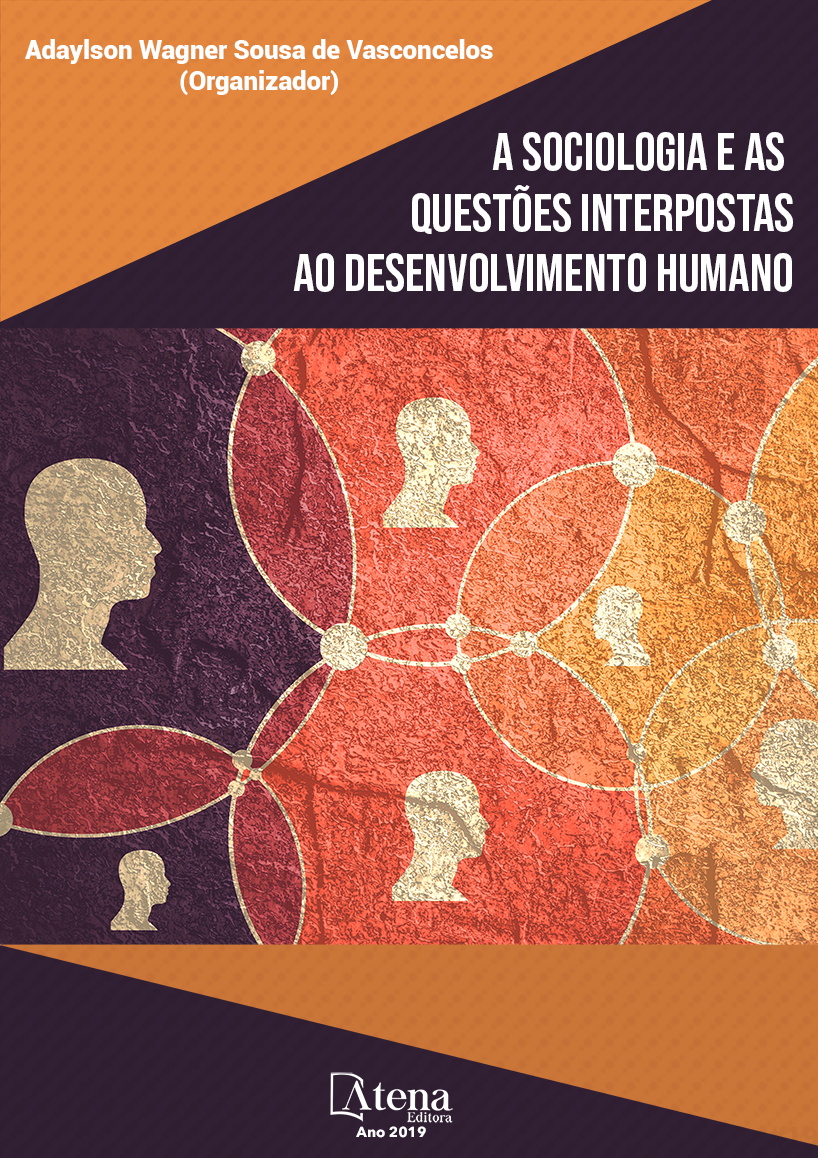
DISCURSO JORNALÍSTICO E DESIGUALDADE SOCIAL: CONTEXTOS E IMPLICITOS EM EXPRESSÕES MULTIMODAIS DE TEXTOS JORNALÍSTICOS PARA A CONSTRUÇÃO DO ESCÂNDALO
Este texto situa-se na Análise Crítica
do Discurso (ACD) e tem por tema a relação texto
e contexto para a representação do escândalo
em textos jornalísticos multimodais (visual e
verbal). Tem-se por objetivo geral contribuir
com os estudos do discurso jornalístico e por
objetivos específicos: 1. Examinar a seleção
e combinação de expressões multimodais,
em textos jornalísticos para a representação
do escândalo; 2. Verificar os contextos e suas
funções, na produção/compreensão de textos
multimodais. O material analisado baseou-se
em textos jornalísticos impressos e as análises
buscaram examinar as relações contextuais
entre imagens e expressões verbais, e os
contextos de sua produção discursiva, para
a representação do escândalo, no texto. A
análise busca verificar os valores ideológicos e
culturais contidos nelas, pois eles propiciam a
manifestação de crenças, relativas a questões
sociais, na caracterização do escândalo. A
mudança social ocorrida com o fenômeno da
globalização por em uso privilegiado os textos
multimodais. Para Kress e van Leewen (1996),
o texto multimodal é produto do discurso, visto
como uma ação, que combina o verbal com
imagens e cores em uma semiose. A Semiótica
Social propõe-se a buscar resultados que
propiciem o letramento de textos multimodais.
Conclui-se que os elementos selecionados
pelo produtor participam de sistemas de
conhecimento, armazenados na memória social
e individual, assim, a ativação do armazenado
nem sempre é consciente, pois a ideologia do
Poder, que tem acesso ao público, pelo discurso,
passa a influenciar as pessoas, levando-as a
sustentar essa ideologia por sua reprodução
textual, no e pelo discurso.
DISCURSO JORNALÍSTICO E DESIGUALDADE SOCIAL: CONTEXTOS E IMPLICITOS EM EXPRESSÕES MULTIMODAIS DE TEXTOS JORNALÍSTICOS PARA A CONSTRUÇÃO DO ESCÂNDALO
-
DOI: 10.22533/at.ed.3581914086
-
Palavras-chave: Discurso jornalístico. Multimodalidade. Escândalo. Análise Crítica do Discurso. Implícitos culturais.
-
Keywords: Journalistic discourse. Multimodality. Scandal. Critical Discourse Analysis. Cultural Implicit.
-
Abstract:
This text is based on the Analysis
Critical Discourse (ACD) and has as its theme the
relation text and context for the representation
of the scandal in multimodal journalistic texts (visual and verbal). The general objective
is to contribute to the studies of journalistic discourse and specific objectives: 1.
Examine the selection and combination of multimodal expressions in journalistic texts
to represent the scandal; 2. Check the contexts and their functions, in the production
/ understanding of multimodal texts. The material analyzed was based on printed
journalistic texts and the analyzes sought to examine the contextual relations between
images and verbal expressions and the contexts of their discursive production for the
representation of the scandal in the text. The analysis seeks to verify the ideological
and cultural values contained in them, since they allow the manifestation of beliefs,
related to social issues, in the characterization of the scandal. The social change
occurred with the phenomenon of globalization by using in privileged multimodal texts.
For Kress and van Leewen (1996), the multimodal text is a product of speech, seen
as an action, which combines verbal with images and colors in a semiosis. Social
Semiotics proposes to search for results that enable the literacy of multimodal texts.
It is concluded that the elements selected by the producer participate in knowledge
systems, stored in the social and individual memory, thus, the activation of the stored is
not always conscious, because the ideology of Power, which has access to the public,
through speech, becomes influencing people, leading them to support this ideology by
its textual reproduction, in and by discourse.
-
Número de páginas: 15
- Regina Célia Pagliuchi da Silveira
- Deborah Gomes de Paula


